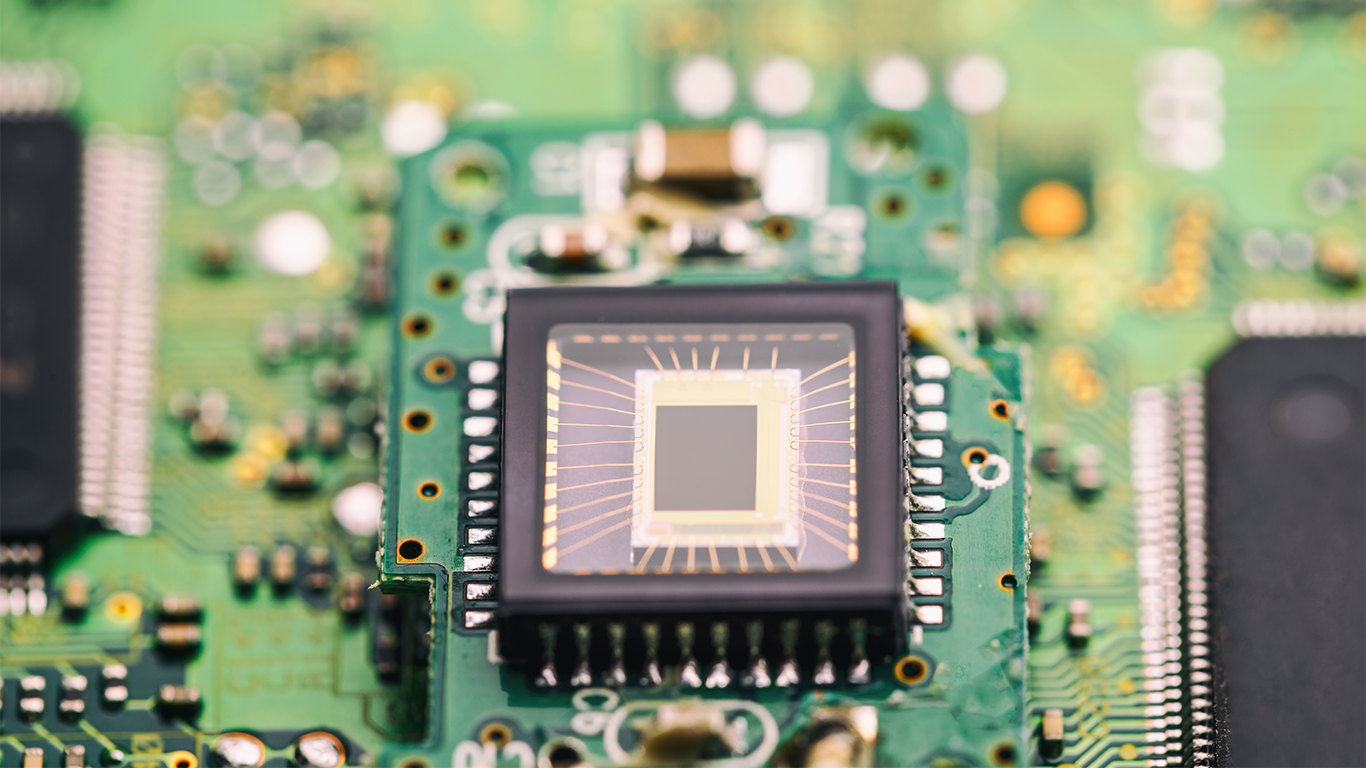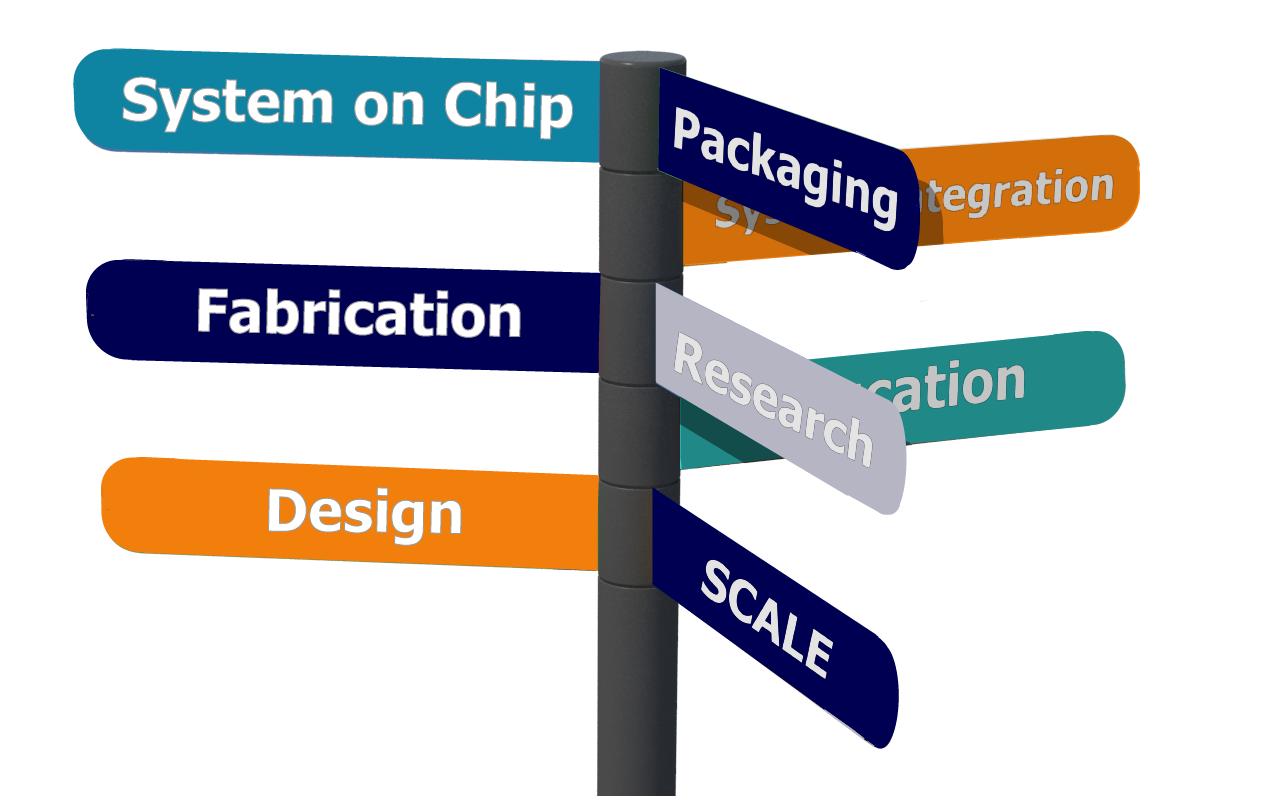Connect to SCALE Technical Areas

There are many ways to pick your Pathway
You can play an integral role in growing the workforce and help solve on of our nation's most critical issues - the safety and reliability of microelectronics. There are five technical areas of SCALE that can help connect you to specific certificates, degree programs, internships, and fellowships that are offered across almost 30 universities. These exciting opportunities can help you gain meaningful employment within the defense sector. Working directly for the government or as part of the Defense Industrial Base is a great way to contribute to the safety and security of our nation by working to produce safe, reliable, and trustworthy microelectronics.
Pick your Pathway
 Explore the various technical areas in SCALE below. If you are a veteran, consider exploring technical areas most relative to the skills you gained during active service.
Explore the various technical areas in SCALE below. If you are a veteran, consider exploring technical areas most relative to the skills you gained during active service.
Keep in mind, there's no single right or wrong way to reach your destination but selecting a technical area may help narrow down your options.
Spotlight on Heterogeneous Integration & Advanced Packaging
Technology is pushing forward and microchips are becoming more complex. This technical area is focused on combining different functional components into one cohesive unit or package. Industry use cases might require specific metrics (scale, mass, efficiency) to be achieved through the specific combination of heterogeneous components.
Spotlight on Radiation-Hardening (Rad-Hard)
Protect the tech with radiation hardening. Explore how to minimize the effects of radiation on microelectronics. Keep in mind radiation exposure is not limited to the outer space, but also occurs in a wide range of professions including medical facilities and energy production which requires all equipment containing microelectronics to be properly protected.
Spotlight on Radio Frequency & Opto-electronics
This technical area is one facet of the Trusted and Assured Microelectronics (T&AM) program linking the commercial sector and national defense programs. Students who enjoy the cyclical nature of problem solving and rapid prototyping will sharpen their skills in a curriculum where they learn how to adapt state-of-the-art capabilities to modernize the defense systems.
Spotlight on System-on-Chip
Technology is pushing the design of a single chip to combine multiple functions, or system, onto a single chip. This technical area address the complex design work including identifying the system's function, required hardware/software components, intra-system language, and technical proof of concept.
Spotlight on Trusted Artificial Intelligence
Interested in aspects of artificial intelligence? This technical area covers a vast subject matter to support the understanding and application of AI. Topics that are connected in this pathway include human-machine pairing, neural studies, knowledge representation/engineering, trust and verifiability, and framework infrastructure.